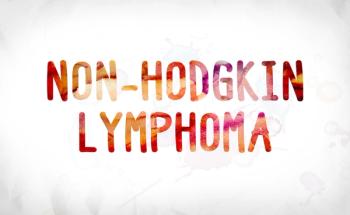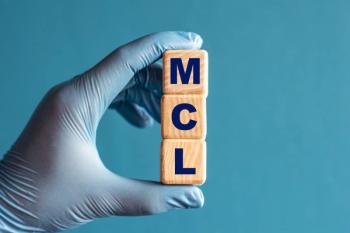
Insurer's New Payment Model Saved Millions for Oncology Groups
One insurer's experimental reimbursement model proved to lower the total costs of care for patients with 3 types of cancer. As an alternative to the traditional fee-for-service payment model, the episode payment model-which reimburses physicians on a fixed-price, based on episodes of best-practices and patient outcomes-provided encouraging findings in the battle against the rising costs of cancer care in the United States.
One insurer’s experimental reimbursement model proved to lower the total costs of care for patients with 3 types of cancer. As an alternative to the traditional fee-for-service payment model, the episode payment model—which reimburses physicians on a fixed-price, based on episodes of best-practices and patient outcomes—provided encouraging findings in the battle against the rising costs of cancer care in the United States.
Five medical oncology groups collaborated with the insurer UnitedHealthcare to launch a pilot program in October 2009. By December 2012, they had achieved a net savings of $33 million in anticipated costs for 810 patients with breast, lung, and colon cancers.
“This was a pretty dramatic change,”
When it came to the oncology groups’ overall performance, they were about equal to the national average of more than 60 quality and cost measures, including survival rates and drug costs per episode. However, there was an unexpected increase in overall chemotherapy drug use. Of the $64.8 million the insurer spent, almost $21 million covered chemotherapy costs —much more than the $7.5 million it had estimated.
ASCO chief medical officer Richard Schilsky, MD, said a new approach to reimbursement is something that is highly desired in the oncology community. These models not only need to take aim at costs, but improving the quality of care patients receive.
“By shifting the focus from the volume of services provided to the quality of care delivered, we can improve the value of cancer care while better accounting for patients' individual needs,” said Dr Schilsky.
Other experts, including health economists who reviewed the program’s outcomes, see the pilot as an important step in healthcare.
“As far as I can tell, this is the first assessment of quality and cost metrics for these cancers in the outpatient setting that are fully baked and have actually been implemented with participation from both medical providers and insurers,” said Rena Conti, assistant professor of health policy and economics at the University of Chicago. “I think we're in a period of very significant change, and I am very supportive of models that change the incentive for physicians and hospitals to be oriented toward quality of care.”
Dr Newcomer
Around the Web
New Payment Model Saved Oncology Groups $33 Million, Study Finds
One Insurer’s Answer to the Skyrocketing Bills for Cancer Care
Newsletter
Stay ahead of policy, cost, and value—subscribe to AJMC for expert insights at the intersection of clinical care and health economics.







































